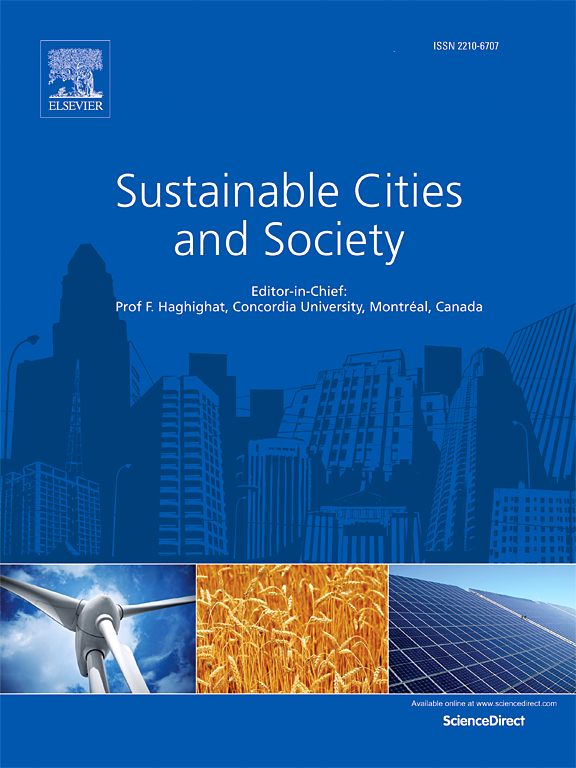Bringing MacKay up to date using geographic information systems: A case study for the city of Glasgow
IF 10.5
1区 工程技术
Q1 CONSTRUCTION & BUILDING TECHNOLOGY
引用次数: 0
Abstract
Like many cities worldwide, Glasgow is striving to reduce carbon emissions and create a just transition to net zero. Work is underway to develop a route map for the city, setting out the potential pathways to net zero. To do this, a thorough understanding of the current and future energy demands of the city, the availability of low-carbon energy resources, and long-term sustainability indicators is crucial. This paper considers all of these and sets out a novel approach using Geographic Information Systems (GIS) to overcome the difficulties of working with several disparate datasets to draw a coherent portrait at both city and sub-city levels and provide spatial visualization of the results, addressing a common limitation in broader energy studies. Energy demand is projected forward to the year 2045 assuming a full and just energy transition takes place and compared to low-carbon energy supply opportunities throughout the city, thereby helping to identify strategic decarbonization priorities and challenges in local neighborhoods. The relevance of the output to current policy and planning is highlighted, and gaps in current plans revealed. The analysis conducted can be replicated for other cities in Scotland using the same data sources, and other cities worldwide where the relevant data exists.
求助全文
约1分钟内获得全文
求助全文
来源期刊

Sustainable Cities and Society
Social Sciences-Geography, Planning and Development
CiteScore
22.00
自引率
13.70%
发文量
810
审稿时长
27 days
期刊介绍:
Sustainable Cities and Society (SCS) is an international journal that focuses on fundamental and applied research to promote environmentally sustainable and socially resilient cities. The journal welcomes cross-cutting, multi-disciplinary research in various areas, including:
1. Smart cities and resilient environments;
2. Alternative/clean energy sources, energy distribution, distributed energy generation, and energy demand reduction/management;
3. Monitoring and improving air quality in built environment and cities (e.g., healthy built environment and air quality management);
4. Energy efficient, low/zero carbon, and green buildings/communities;
5. Climate change mitigation and adaptation in urban environments;
6. Green infrastructure and BMPs;
7. Environmental Footprint accounting and management;
8. Urban agriculture and forestry;
9. ICT, smart grid and intelligent infrastructure;
10. Urban design/planning, regulations, legislation, certification, economics, and policy;
11. Social aspects, impacts and resiliency of cities;
12. Behavior monitoring, analysis and change within urban communities;
13. Health monitoring and improvement;
14. Nexus issues related to sustainable cities and societies;
15. Smart city governance;
16. Decision Support Systems for trade-off and uncertainty analysis for improved management of cities and society;
17. Big data, machine learning, and artificial intelligence applications and case studies;
18. Critical infrastructure protection, including security, privacy, forensics, and reliability issues of cyber-physical systems.
19. Water footprint reduction and urban water distribution, harvesting, treatment, reuse and management;
20. Waste reduction and recycling;
21. Wastewater collection, treatment and recycling;
22. Smart, clean and healthy transportation systems and infrastructure;
 求助内容:
求助内容: 应助结果提醒方式:
应助结果提醒方式:


